
When you are starting your own seeds for the garden there are some basic requirements for the seedlings. Today I'm going to share that list as well as my tips and tricks for creative options. Budget can be an issue when starting out so if you are planning ahead, start saving for garden related items.
Items needed for seed starting
1. Growing medium
Soil, seed starter, potting soil, compost…
Seed starter is packaged for you and very fine which makes it easy for seeds to germinate and sprout. But it’s sterile. This is helpful to reduce fungus and microbes that can attack very young seedlings, but it also has no nutrients to feed the growing plant and it won’t sustain the seedling very long. I like to mix mine with a small amount of compost or garden soil and a little worm castings. Worm castings is basically worm manure- a basic form of nitrogen that provides the growth nutrient for seedlings to grow leaves and stems.
Soil, seed starter, potting soil, compost…
Seed starter is packaged for you and very fine which makes it easy for seeds to germinate and sprout. But it’s sterile. This is helpful to reduce fungus and microbes that can attack very young seedlings, but it also has no nutrients to feed the growing plant and it won’t sustain the seedling very long. I like to mix mine with a small amount of compost or garden soil and a little worm castings. Worm castings is basically worm manure- a basic form of nitrogen that provides the growth nutrient for seedlings to grow leaves and stems.
2. Light
Plants need bright light and seedlings especially. If you have a bright sunny room with skylights and windows that gets sunlight all day, you are set. But the rest of us will need supplemental lighting, because just setting them near the window isn’t going to be a bright enough light for seedlings and they will get leggy and start growing toward the window to get the light. You want sturdy plants in seedlings- thin is bad in plants- lol. I use shop light fixtures with daylight bulbs- 6500K but 5600K would work too. You can use a simple timer (like the kind for holiday lights) to set them to turn on and off, making them very self regulating.
The lighting needs to be kept 4-6 inches above the tops of the seedlings, so a wire shelf makes a great system to hang and raise the lights as the plants grow, but I didin't have that at first and got creative in my shelf arrangements.
Plants need bright light and seedlings especially. If you have a bright sunny room with skylights and windows that gets sunlight all day, you are set. But the rest of us will need supplemental lighting, because just setting them near the window isn’t going to be a bright enough light for seedlings and they will get leggy and start growing toward the window to get the light. You want sturdy plants in seedlings- thin is bad in plants- lol. I use shop light fixtures with daylight bulbs- 6500K but 5600K would work too. You can use a simple timer (like the kind for holiday lights) to set them to turn on and off, making them very self regulating.
The lighting needs to be kept 4-6 inches above the tops of the seedlings, so a wire shelf makes a great system to hang and raise the lights as the plants grow, but I didin't have that at first and got creative in my shelf arrangements.
3. Trays or containers:
Seed starting trays are very convenient with individual compartments and plastic domes to keep the medium from drying out. If you are starting small will only a few seeds, look for window sill or smaller style trays.
Any number of recycled items can be used to start seeds. Cardboard egg cartons can be used similarly to the trays, with a piece of saran wrap on top till the sprouts come up. You can make paper mache pots if you have a lot of newspapers. You can use yogurt cups, solo cups, dixie cups, or even cut the top off disposable plastic water/soda bottles.
Seed starting trays are very convenient with individual compartments and plastic domes to keep the medium from drying out. If you are starting small will only a few seeds, look for window sill or smaller style trays.
Any number of recycled items can be used to start seeds. Cardboard egg cartons can be used similarly to the trays, with a piece of saran wrap on top till the sprouts come up. You can make paper mache pots if you have a lot of newspapers. You can use yogurt cups, solo cups, dixie cups, or even cut the top off disposable plastic water/soda bottles.
4. Heating mats/ fans
Handy tools to have for seedlings include heat mats. Certain seeds, like peppers, tomatoes, basil, broccoli, cabbage, cucumbers, eggplant, endive, lettuce, melons, parsley, and squash prefer 70-85F for germination. These seeds will germinate faster with a little help from a seed starting heating mat. Set under the tray it adds just a small amount of heat to warm the growing medium about 10 degrees warmer than room temp. If you keep your house warm or the room the seeds are in is warm, then you may not need this.
Fans are another tool handy to have. Once the seedlings start growing, air movement is a good thing. It helps reduce excess moisture on the surface of the soil to reduce dampening off disease and also provides resistance for the plants to grow stronger stems and roots to withstand the wind.
Handy tools to have for seedlings include heat mats. Certain seeds, like peppers, tomatoes, basil, broccoli, cabbage, cucumbers, eggplant, endive, lettuce, melons, parsley, and squash prefer 70-85F for germination. These seeds will germinate faster with a little help from a seed starting heating mat. Set under the tray it adds just a small amount of heat to warm the growing medium about 10 degrees warmer than room temp. If you keep your house warm or the room the seeds are in is warm, then you may not need this.
Fans are another tool handy to have. Once the seedlings start growing, air movement is a good thing. It helps reduce excess moisture on the surface of the soil to reduce dampening off disease and also provides resistance for the plants to grow stronger stems and roots to withstand the wind.
5. Other tools
Masking tape and craft or Popsicle sticks and a sharpie to label each container of seed and seedling.
Small hand trowel for mixing
Masking tape and craft or Popsicle sticks and a sharpie to label each container of seed and seedling.
Small hand trowel for mixing
If you are ready to go and want every step right now, check out the course I mention below.
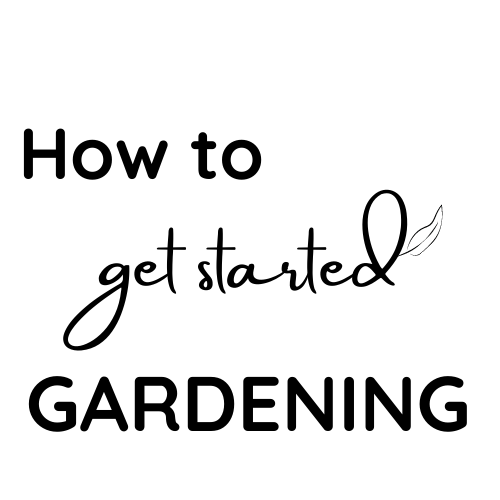
If you enjoyed this post and are interested in getting started gardening, I have created a beginner gardening course walking you step by step through starting a garden, seeds and seedlings and transplanting. Click here to snag beta test pricing.
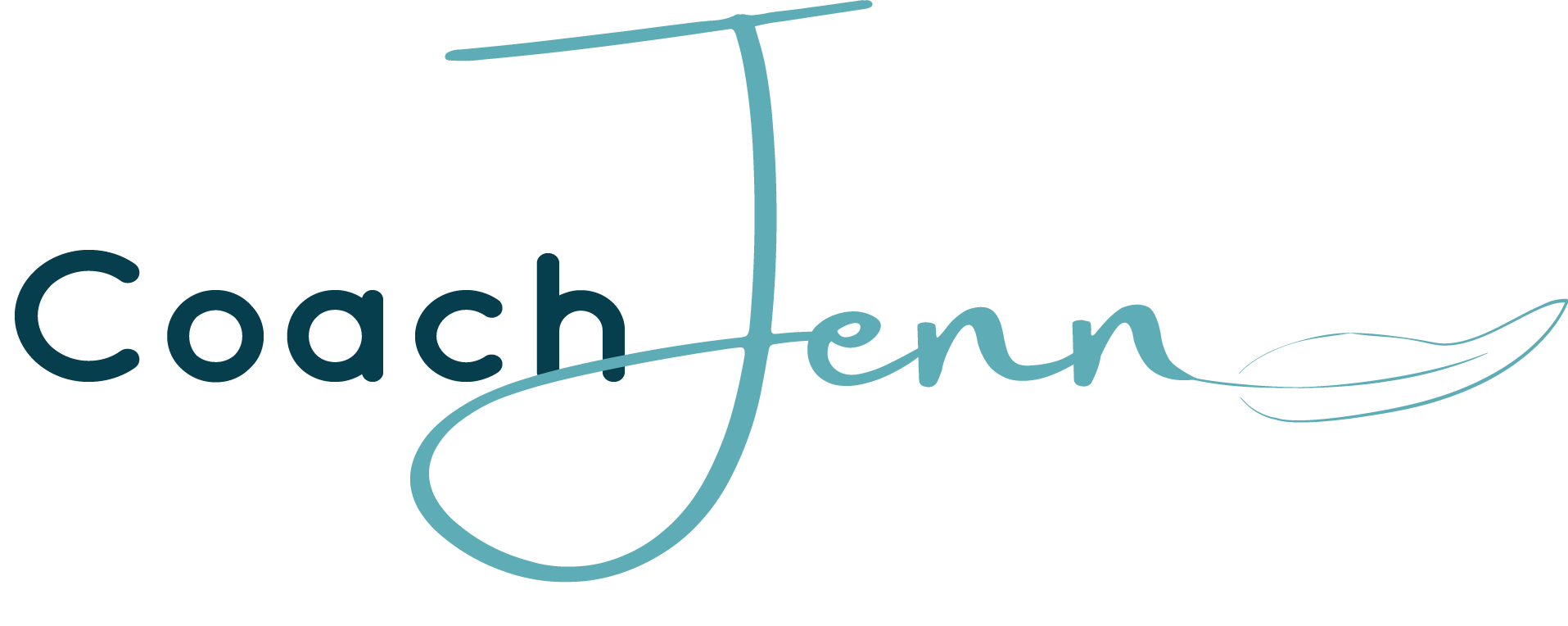

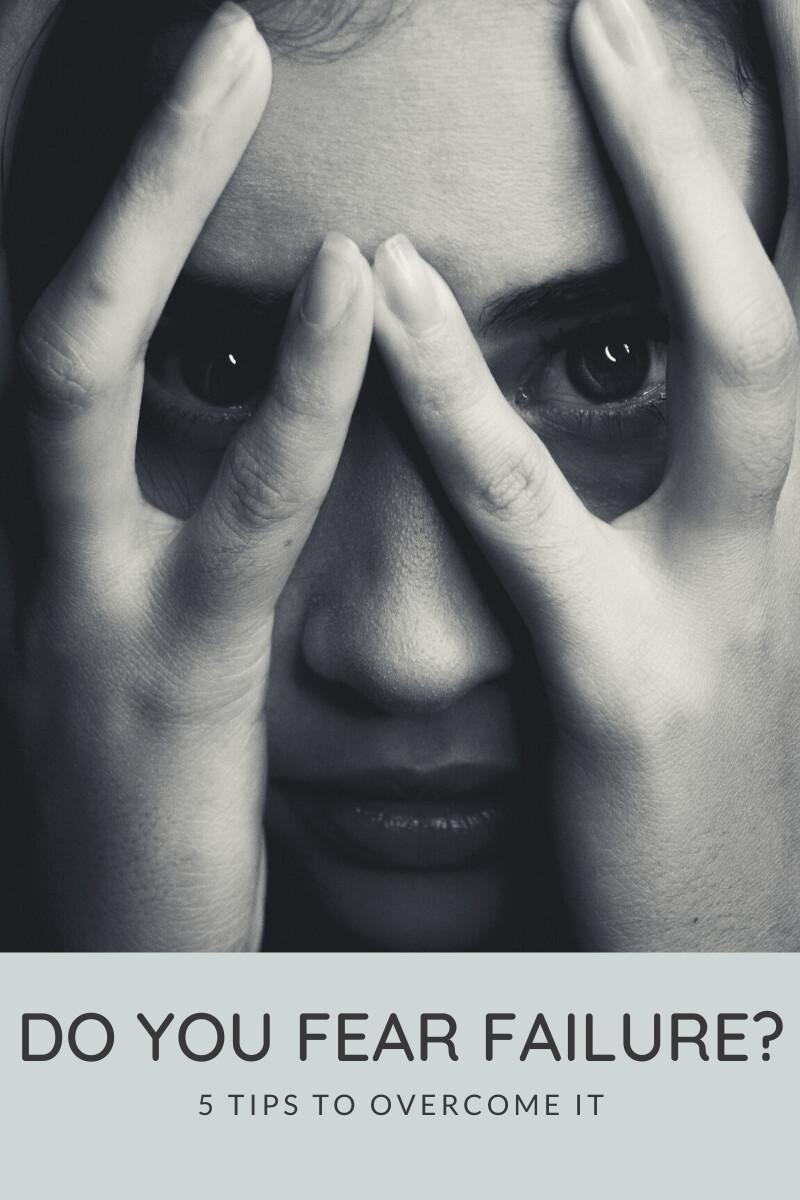



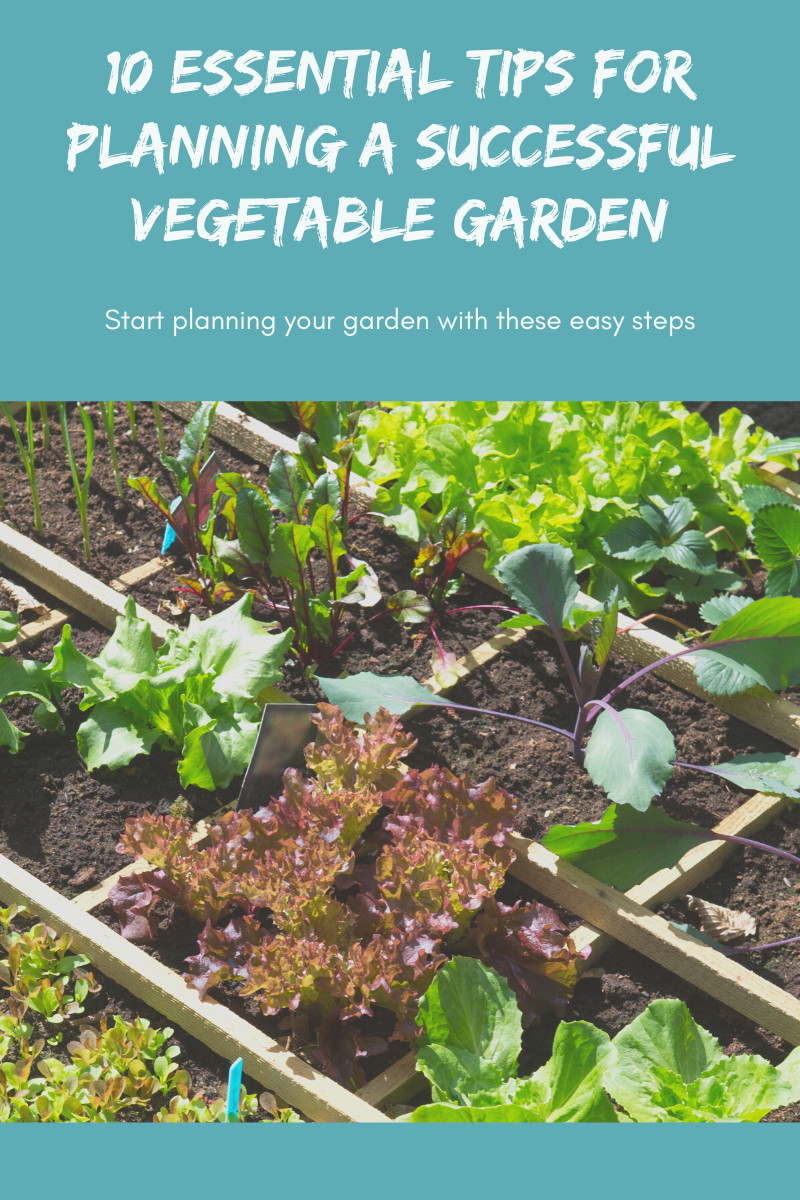
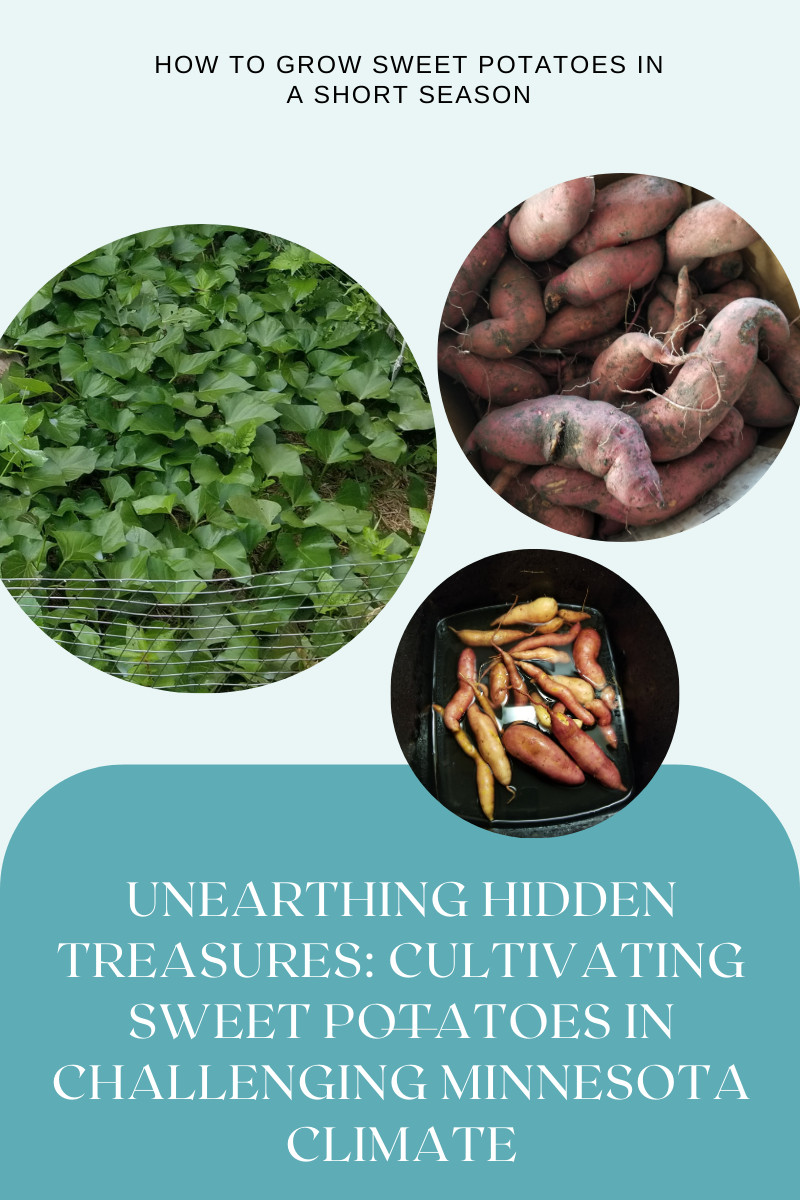
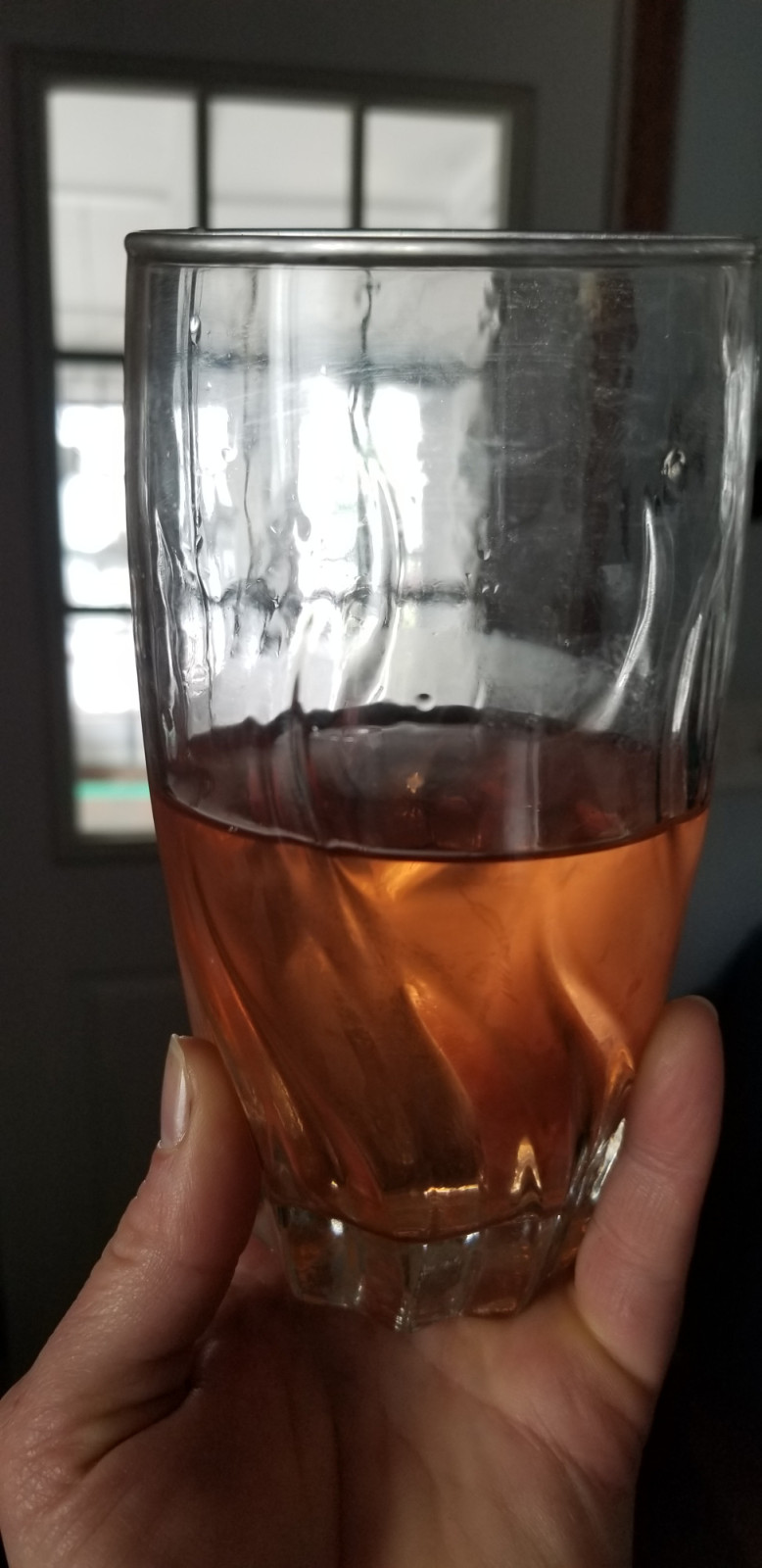

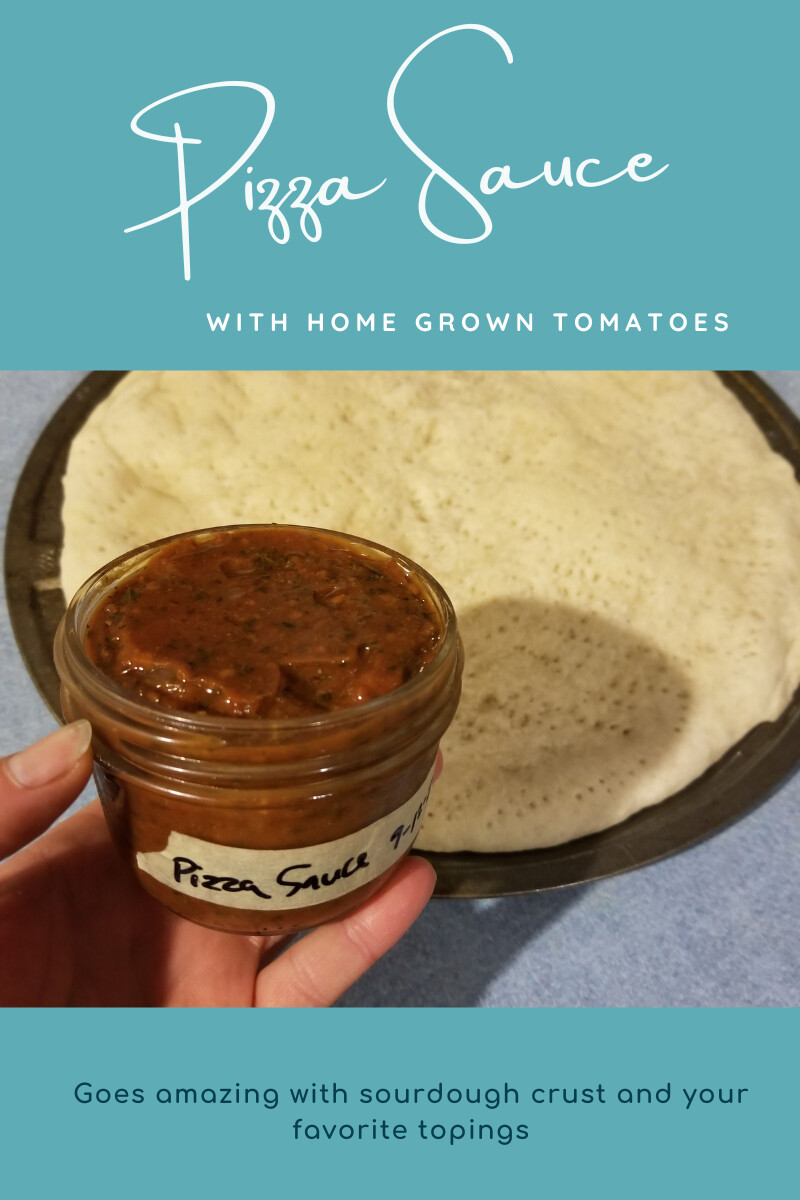


0 Comments